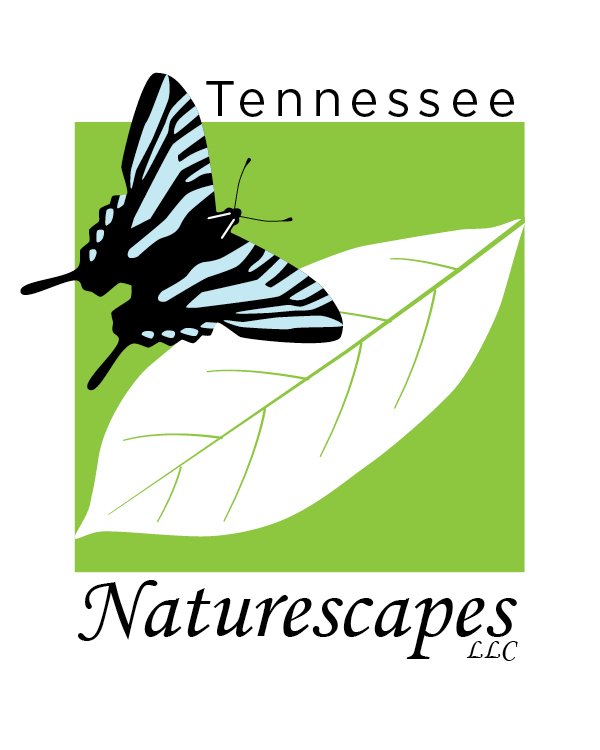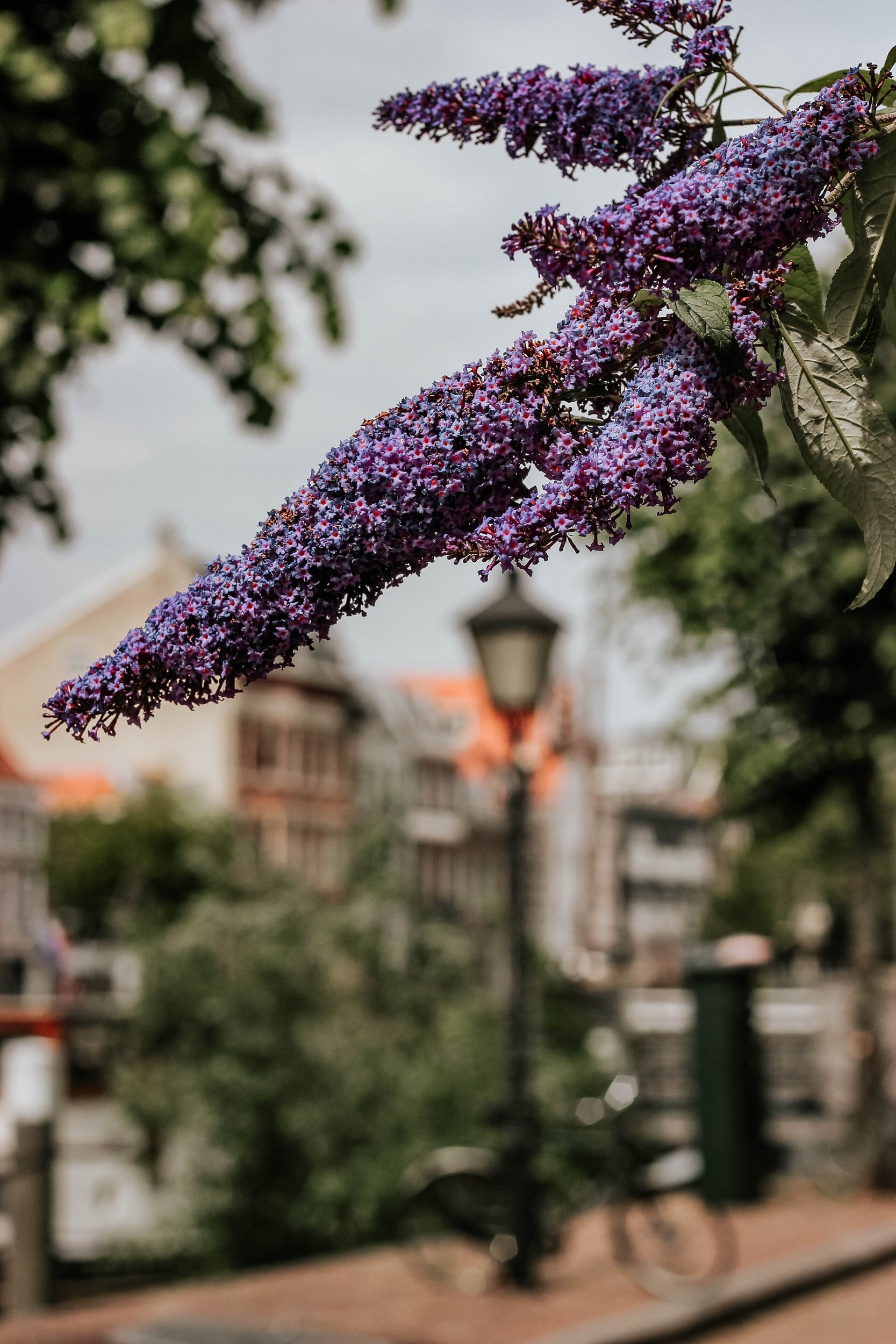Plant Trends That Can Cause More Harm Than Good
Like butterfly bush? Butterflies prefer native Butterfly weed!
As a small niche nursery we are aware and interested in what the "majority of people" are putting into their garden shopping carts. Many popular garden plants are still non-native these days, but for the sake of our environment and wildlife we hope that at some point that balance will tip! In this newsletter we will discuss 3 popular non-natives and offer potential alternatives.
Let's start by clearing up some terms:
Native plant:
"a plant that has developed over hundreds or thousands of years in a specific region or ecosystem. Plants found in the U.S. before European settlement are typically considered to be native."
Non-Native Plant:
A plant that was introduced to a new region with human help (intentionally or accidentally).
Noxious Weed:
A plant that is a designated by a Federal, State or county government and “can directly or indirectly cause problems for agriculture, natural resources, wildlife, recreation, navigation, public health or the environment.”
Source: USDA
1. Butterfly Bush
(Buddleia davidii)
Many recommend this plant as one of the best butterfly attractors; and while it does produce copious nectar, it is not a larval host to any insect in the United States, as it is native to China. In other words, it doesn't support the full life cycle of native insects. An additional issue is that this plant is very good at producing seed, in excess of 100,000 seeds per year. This is one reason why it has became an invasive species in the US. It is even classified as a noxious weed in in pacific Northwest. Oregon and Washington State have made it illegal to sell butterfly bush due to its potential to alter and overtake native habitats, sometimes outcompeting native plants.
One needs to be diligent to remove the spent flowers so the seeds won't spread. If the sold variety has been made "sterile", none can promise it will stay sterile forever. The infamous Bradford Pear was originally sterile. At the time of its discovery and distribution, the Bradford pear was thought to have no impact on the natural environment because it was a hybrid that could only produce sterile fruit.
However, nature found its way, and Bradford Pear became fertile. More about Bradford Pear for those interested: The Beginning of a New Invasive Plant: A History of the Ornamental Callery Pear in the United States
Our Suggested Native Alternatives:
Clethra alnifolia - Sweet Pepperbush
Cephalanthus occidentalis - Buttonbush
Ceanothus americanus - New Jersey tea
2. Crape Myrtle
(Lagerstroemia indica and Lagerstroemia hybrid (indica x fauriei))
Crape myrtle are so popular in the southeastern US that many may assume they are native, but this deciduous shrub/small tree was introduced into the US between 1787 and 1796 from China and Korea. It also goes by the name 'Lilac of the South'.
A big downside of the beautiful blooms and exotic bark is that the flowers have no nectar available to pollinators, and they provide little benefit to developing insect larvae (larval host value) .
Our Suggested Native Alternatives:
Cercis occidentalis -Western Redbud
Chionanthus virginicus - American White Fringetree
Viburnum prunifolium - Blackhaw viburnum
3. Tropical Milkweed
(Asclepias curassavica)
There has been a lot of talk lately between scientists as to whether this species may be damaging the Monarchs’ abilities to stay healthy and make their way to Mexico. Tropical Milkweed is native to Caribbean, as well as central and South America. It's winter hardy to USDA Zones 9 to 11, meaning it acts more like an annual in colder climates.
In warmer climates, it produces flower and leaves year-round, making breeding possible for monarchs in the winter. However, this constant buffet can be dangerous. Winter feeding larvae residing on tropical milkweed will face multiple threats, including freezing temperatures, running out of food, and a higher chance of getting infected with the "OE" parasite. OE stands for Ophryocystis elektroscirrha, a debilitating protozoan parasite that infects Monarchs. Monarchs infected with OE have difficulty emerging from their chrysalis and will often die before they can break free.
In contrast, our region's native milkweeds die back for winter and don't reappear until spring. Winter helps to kills the OE residing in our native species so every spring the new foliage is free from the protozoans. Tropical milkweed might pose fewer issues in the northern monarch breeding range than the southern one because it dies back when it freezes.
Read More about OE associated with Tropical Milkweed by monarchventure.org
Our Suggested Native Alternatives:
We suggest that you would only use species of milkweed that are native to your region if possible.
We currently sell Asclepias tuberosa (Butterfly Weed), Asclepias syriaca (Common Milkweed), Asclepias verticillata (Whorled Milkweed) and Asclepias incarnata (Rose Milkweed)
Native Alternatives to some of the
”Old Favourites”
Hosta
Hostas are native to northeast Asia, including China, Korea and Japan. They were introduced to the US in late 1800s.
Native Alternatives:
Foam Flower (Tiarella cordifolia)
Ferns (Christmas Fern, Cinnamon Fern, or Southern lady-fern, for example)
Hairy Alumroot (Heuchera villosa)
Wild Geranium (Geranium maculatum)
Daylily (Hemerocallis spp.)
Daylilies are also native to Asia, even though many may assume they are native to US. This popular plant has escaped from cultivation and can often be seen growing along roadsides through the southeast.
Native Alternatives:
Black-Eyed Susan (Rudbeckia fulgida)
Red-Center Prickly Pear (Opuntia cespitosa) (prev. sold as O.humifusa)
Tickseed (Coreopsis sp.)
Nodding Onion (Allium cernuum)
Baptisia (Baptisia spp.)
Heavenly Bamboo (Nandina)
Nandina is originally from China and Japan, and was introduced to the United States in 1804. This plant has escaped cultivation and is recognized as an invasive and noxious weed. The berries produced by this plant contain cyanogenic glycosides, making them deadly to birds.
Native Alternatives:
Hearts-A-Bustin (Euonymus americanus)
Winterberry Holly (Ilex verticillata) Available in-person
Southern Bush Honeysuckle (Diervilla sessifolia 'Butterfly')
American Beautyberry (Callicarpa americana)
(This article was originally published in our newsletter on July 27th 2021)







